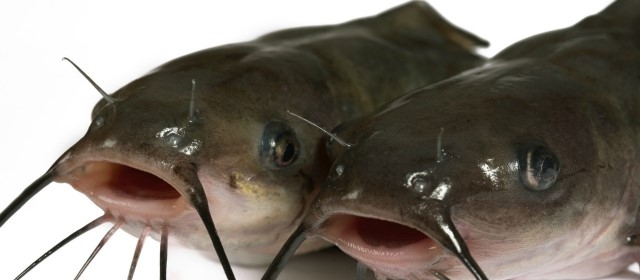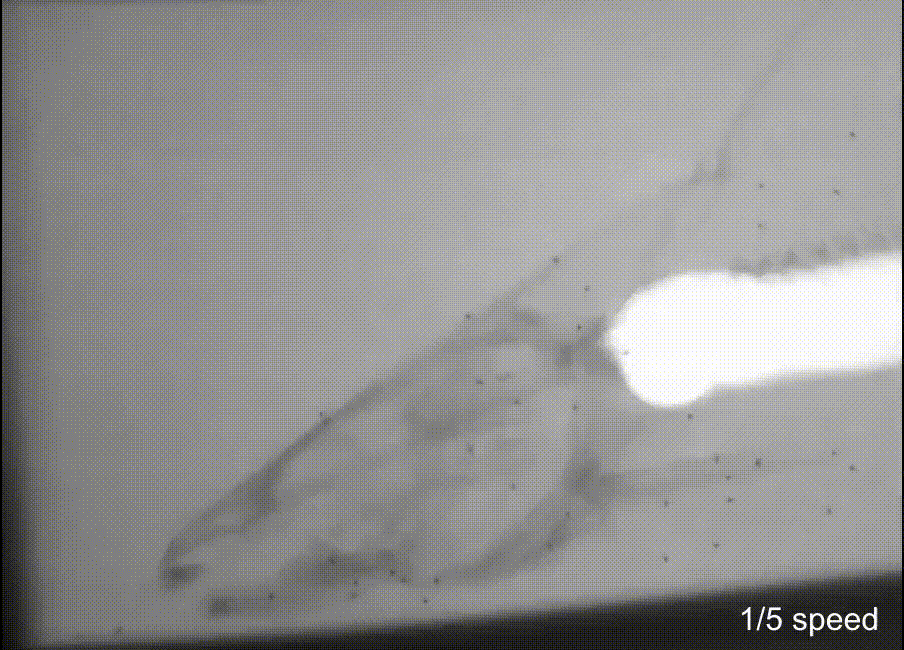By Noah Bressman
When I am fishing for jumbo catfish with jumbo baits like an entire shad or bluegill and I see that I am getting bites, I never set the hook right away. That is because when catfish transport and swallow their food, it does not happen in an instant. I wait to make sure that the fish has completely engulfed my bait to avoid pulling the bait right out of its mouth. Without the ability to take bites or properly chew, they have to swallow big prey whole, which takes time. This is surprisingly complicated, especially without a muscular tongue to help move food around.

After we chew our food, we rely on peristalsis (involuntary muscle contractions in the throat) to move the chewed food down our esophagus. However, if you try to swallow food whole without chewing first, peristalsis will not be enough to move that food down and you will probably choke. Fish, on the other hand, do not (usually) choke from that, but scientists still do not know how they do it. However, a team of scientists led by Hannah Weller from Brown University may have found some answers. In a new paper in Integrative Organismal Biology, they detail how channel catfish can swallow their prey whole without a tongue.
Normally, it is very difficult to see how fish swallow because it happens on the inside of live fish. Weller and her team used a technique called XROMM (X-ray Reconstruction of Moving Morphology) that allows them to visualize the inner workings of fish movements. XROMM involves x-ray videos with markers implanted in the bones. These videos are then synced with CT scans of the catfish using the markers, creating animations of the skull in motion. Other than making cool moving skeleton videos, this technique allows scientists to see precisely how skeletons move during complex behaviors. By having a marker in their food, Weller was able to visualize how food travels through the digestive tract as catfish process and swallow their food.

To feed, catfish suck their food and some surrounding water into their mouth at high speeds, and the food then stops around the gills. Using XROMM, Weller and her team described how food then moves toward the esophagus in a slower, subtler, more intricate manner. This is likely driven by movements of the branchial basket, a structure that includes the gill arches and pharyngeal jaws, which are a second set of jaws found in the throats of most fish. Meanwhile on the outside, the fish appear to move very little. Once the food reaches the esophagus, the fish then use a complex combination of mouth opening and closing, body muscle contractions, pharyngeal jaw movement, hyoid depression, and a few other moving parts to transport food to their stomachs.

This is the first description of the anything other than peristalsis aiding the movement of food down the esophagus of a vertebrate. Previously, all vertebrates were thought to only use peristalsis to for this task, be it a frog, bird, turtle, or Russian dwarf hamster. This may only be possible because of the highly mobile fish skull, which allows fish to move their heads in more ways than we can. Weller and her team have some ideas about exactly how head and body movements aid in swallowing, such as by swallowing water, pectoral fin movements, or heavy breathing, but more research is still needed to figure out the exact mechanism.
Next time you are fishing for big fish with big baits, just remember these videos, so you know just how long to wait for a catfish to move your bait completely into its mouth before setting the hook.
Dr. Noah Bressman is a Postdoctoral Fellow at Chapman University, studying fish biology, biomechanics, biomaterials and behavior. You can find more at NoahBressman.wixsite.com/Noah or @NoahwithFish, or contact him at NoahBressman@gmail.com.
[…] https://iobopen.com/2020/10/28/catfishs-got-no-tongue-well-it-doesnt-need-it-to-swallow/ […]
LikeLike